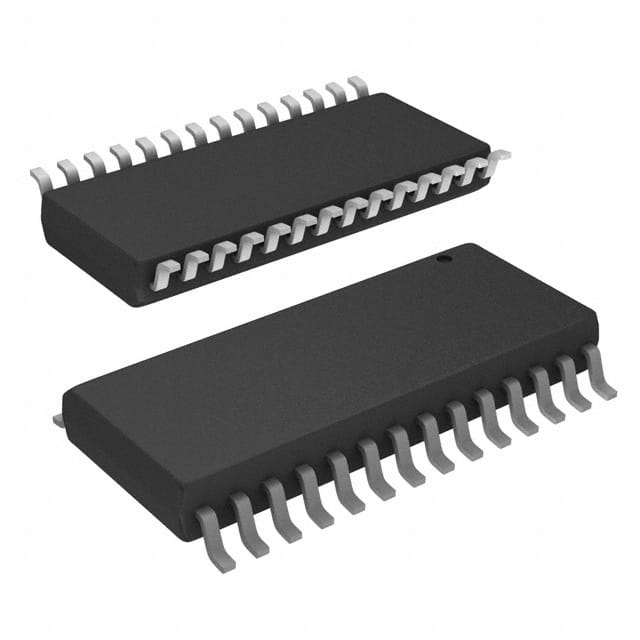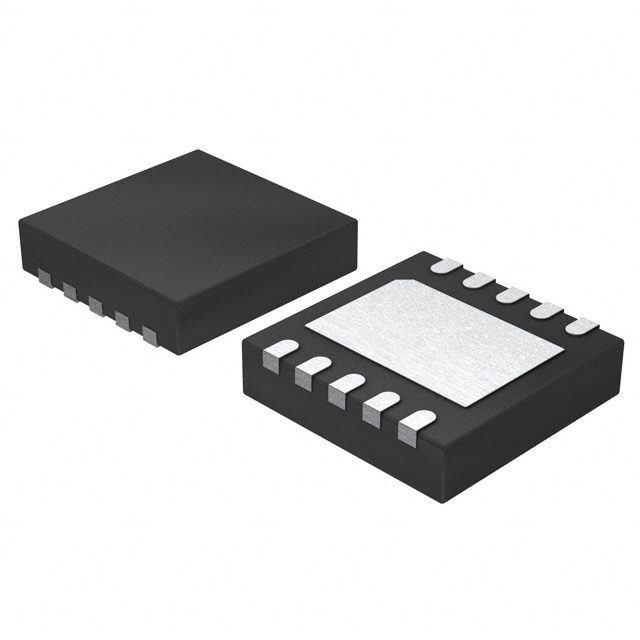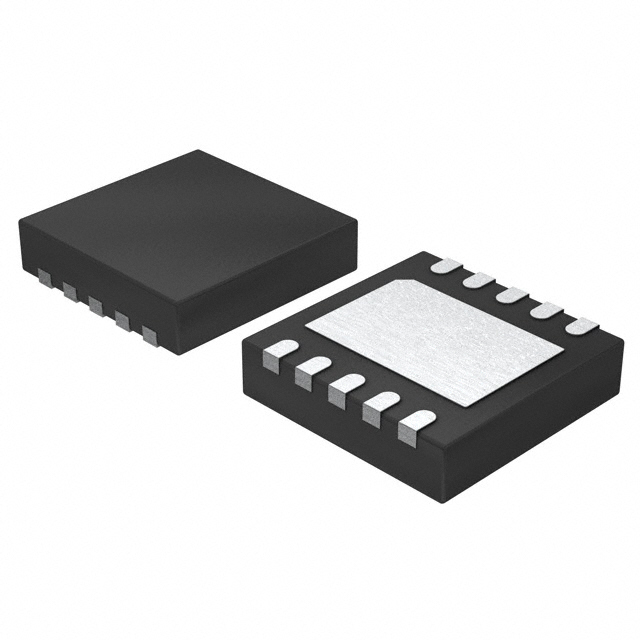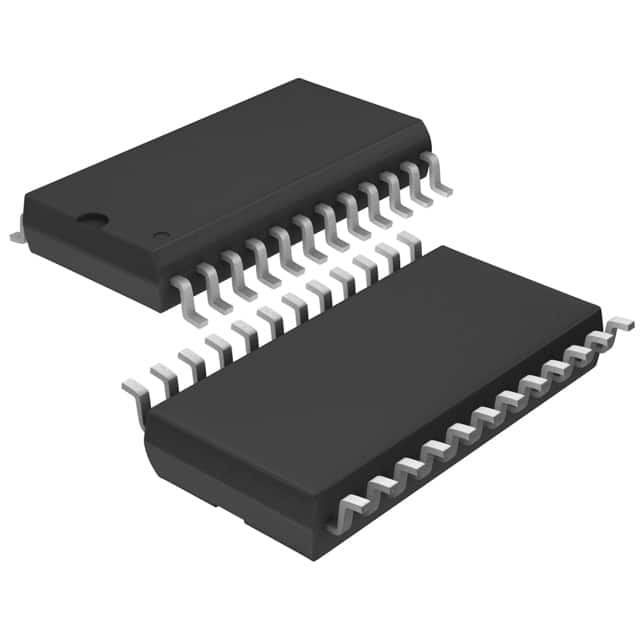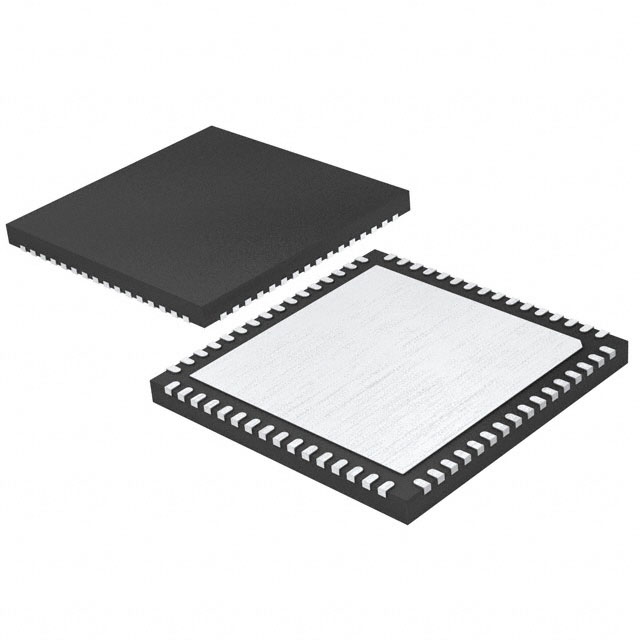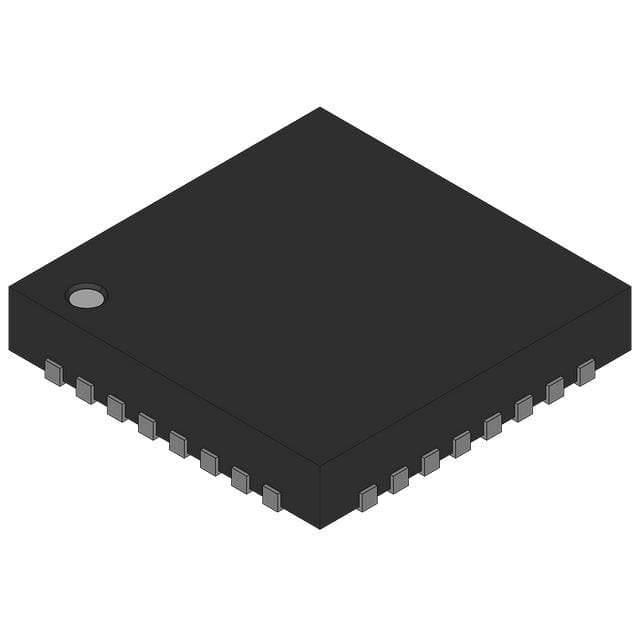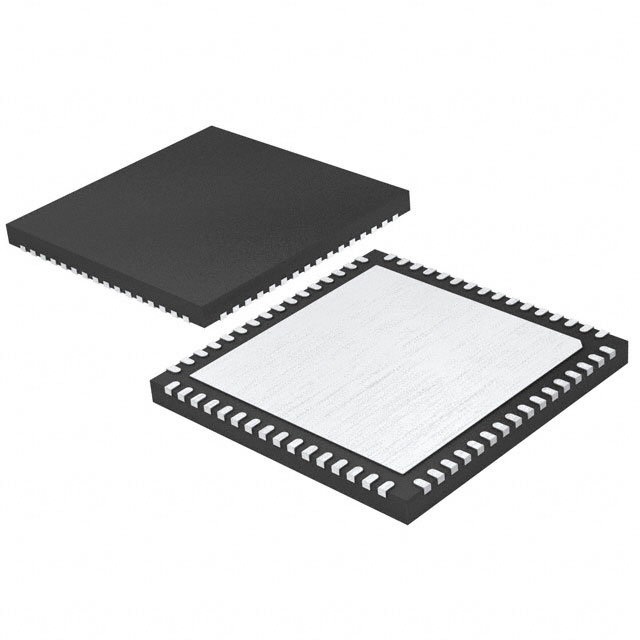AD9223ARZ-REEL Product Introduction:
Analog Devices Inc. Part Number AD9223ARZ-REEL(Data Acquisition - Analog to Digital Converters (ADC)), developed and manufactured by Analog Devices Inc., distributed globally by Jinftry. We distribute various electronic components from world-renowned brands and provide one-stop services, making us a trusted global electronic component distributor.
AD9223ARZ-REEL is one of the part numbers distributed by Jinftry, and you can learn about its specifications/configurations, package/case, Datasheet, and other information here. Electronic components are affected by supply and demand, and prices fluctuate frequently. If you have a demand, please do not hesitate to send us an RFQ or email us immediately sales@jinftry.com Please inquire about the real-time unit price, Data Code, Lead time, payment terms, and any other information you would like to know. We will do our best to provide you with a quotation and reply as soon as possible.
Introducing the Analog Devices Inc. AD9223ARZ-REEL, a cutting-edge analog-to-digital converter (ADC) that revolutionizes data acquisition and processing. With its exceptional performance and versatile features, this ADC is the perfect solution for a wide range of applications.
The AD9223ARZ-REEL boasts a high-speed sampling rate of up to 65 MSPS, ensuring accurate and reliable data conversion. Its 12-bit resolution guarantees precise measurements, making it ideal for demanding applications that require high fidelity data acquisition. Additionally, the ADC offers a wide input voltage range, enabling it to handle various signal levels with ease.
This ADC is designed with advanced features to enhance its functionality. The integrated digital signal processing (DSP) engine allows for real-time data processing, reducing the burden on external processors. The flexible input interface supports both single-ended and differential inputs, providing compatibility with different signal sources. Furthermore, the low power consumption of the AD9223ARZ-REEL ensures energy efficiency, making it suitable for portable and battery-powered devices.
The AD9223ARZ-REEL finds its application in numerous fields. It is an excellent choice for high-speed data acquisition systems, such as oscilloscopes and spectrum analyzers, where accurate and fast signal conversion is crucial. It is also well-suited for medical imaging equipment, radar systems, and communication devices, where high-resolution data acquisition is essential for precise analysis and transmission.
In conclusion, the Analog Devices Inc. AD9223ARZ-REEL is a state-of-the-art ADC that offers exceptional performance and versatility. With its high-speed sampling rate, 12-bit resolution, and advanced features, it is the perfect solution for a wide range of applications in various industries.
Analog to digital Converters (ADCs) are electronic devices used to convert continuously varying Analog signals into discrete Digital signals. This process usually includes three steps: sampling, quantization and coding. Sampling means capturing the instantaneous value of an analog signal at a fixed frequency; Quantization approximates these transient values to the nearest discrete level; Finally, the encoding converts the quantized value into binary numeric form.
Application
ADCs(Analog-to-digital Converters) is widely used in a variety of scenarios, such as audio and video recording, measuring instruments, wireless communications, medical devices, and automotive electronics. For example, in audio devices, the ADC is responsible for converting the sound signal captured by the microphone into a digital format for easy storage and transmission.
FAQ about Data Acquisition - Analog to Digital Converters (ADC)
-
1.
What is ADC for data acquisition?
A data collector is an electronic device used to convert various data (such as barcodes, RFID tags, etc.) into a storable and editable format and transmit it to a computer or system in real time. Data collectors are usually operated using handheld devices (such as inventory counting machines or PDAs) and have functions such as real-time acquisition, automatic storage, instant display, instant feedback, automatic processing, and automatic transmission. They can be widely used in warehouse management, logistics transportation, retail, medical, military and other fields. The main functions of data collectors include data acquisition, real-time data processing, data storage and transmission.
ADC, or analog-to-digital converter, is an electronic device that can convert continuously changing analog signals into discrete digital signals. It is mainly used in data acquisition, signal processing, communication and other fields.
-
2. How to convert analog to digital without ADC?
Analog to digital conversion without ADC can be achieved through PWM circuit. This method is suitable for those main control chips without built-in ADC, which needs to be solved by two GPIOs and an operational amplifier. The basic principle is to use an integral circuit to convert the PWM wave into a smooth DC voltage, and then continuously adjust the PWM duty cycle by comparing it with the voltage to be measured until the output of the comparator changes from 0 to 1, and record the current PWM duty cycle, thereby realizing the measurement of the analog voltage.
-
3. What is the difference between the input and output of an ADC?
The input of ADC (Analog-to-Digital Converter) is analog quantity and the output is digital quantity.
The main function of ADC is to convert continuous analog signal into discrete digital signal. In electronic systems, analog signal usually refers to continuously changing voltage or current, such as the signal obtained from microphone or sensor. The amplitude and frequency of these analog signals can change continuously, while digital signals are composed of a series of discrete values, usually expressed in binary form.
Input: The input of ADC receives analog signals, which can be in the form of continuously changing physical quantities such as voltage and current. The amplitude and frequency of analog signals can change continuously, such as the voltage range from 0V to 5V.
Output: The output of ADC is digital signal, which is composed of a series of discrete values, usually expressed in binary form. The advantage of digital signals is that they can be calculated and processed quic
 Lead free / RoHS Compliant
Lead free / RoHS Compliant



